京ICP备09005649号-10
版权所有 PSL·巴黎九大
Executive DBA中国项目办公室
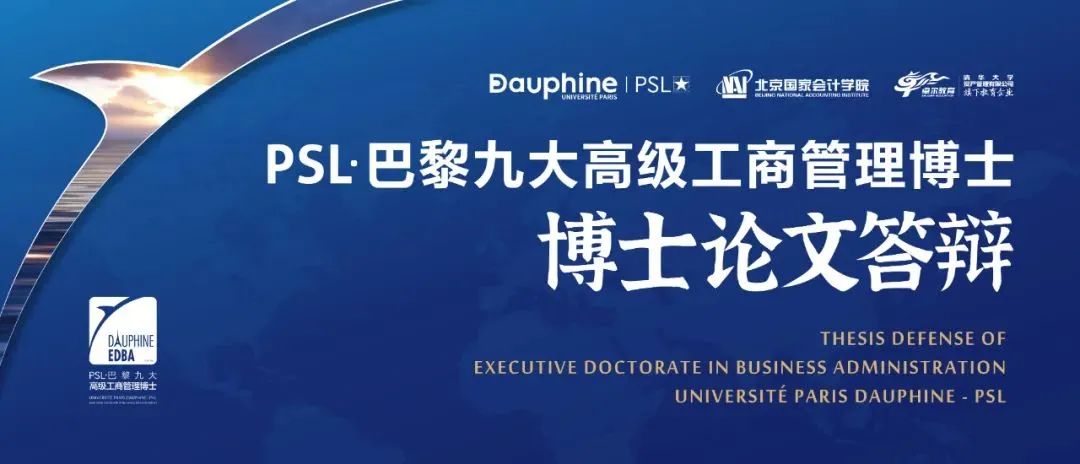
9月7日-9月19日,PSL·巴黎九大Executive DBA项目答辩活动在中法成功举行,吴磊、罗建衡和赵苑3位同学顺利通过评审团队的严格评审,并收获“最高荣誉”评定,成功登顶博士,其中罗建衡和赵苑更是在巴黎母校完成答辩。祝贺这三位同学。
出席本次答辩的评审团成员有:
Bernard FERNANDEZ,PSL·巴黎九大教授,Executive DBA项目(中国)学术主任
Horacio ORTIZ,PSL·巴黎九大研究员,法国国家科研中心(CNRS)研究员,复旦大学副教授
Jean-Pierre SEGAL,PSL·巴黎九大教授,法国国家科研中心(CNRS)资深研究员
YOUSFI Héla,PSL·巴黎九大副教授,南半球管理硕士项目负责人
范玉顺,清华大学自动化系长聘教授、国家CIMS工程技术研究中心副主任
张世贤,中国社会科学院研究生院教授、工业经济研究所研究员
杨百寅,清华大学经济管理学院教授
高旭东,清华大学经济管理学院教授,清华大学技术创新研究中心研究员、副主任
罗建衡 博士 / 2017级
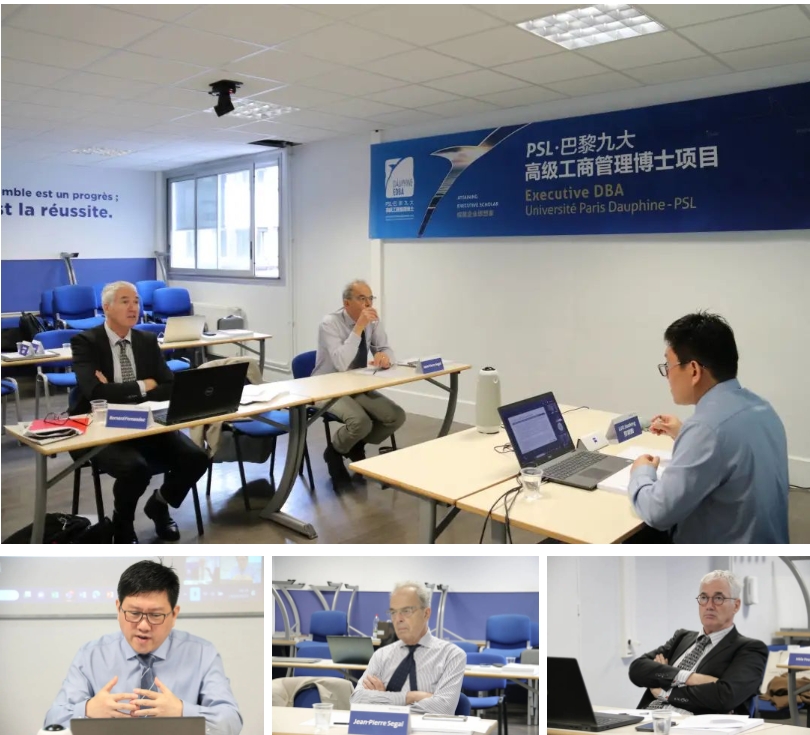
Analysis of the Evolution of Sectoral Innovation System Based on System Dynamics – The Case of Chinese Automotive Sector
论文指导老师:Jean-Pierre Segal,PSL·巴黎九大教授、法国国家科研中心(CNRS)资深研究员
ABSTRACT
The research theme of this dissertation is about the dynamics and mechanism that influence and change the performance of the automotive sector’s innovation system, as well as how those identified key factors fit, interact, and impact each other in the context of China. This research interest started with my thinking about the effectiveness of leap-forward development policies that have been implementing by the Chinese government in the field of new energy vehicles (NEVs) and intelligent connected vehicles (ICVs) in recent years, as well as the possibility of the leapfrog with "overtaking on a new track" approach for Chinese indigenous companies, as proposed by many industry experts and scholars. These calls and policies are based on the fact that China's auto industry has been "big but not strong" and encouraged by an ambition of 'becoming the global industry leader', which comes out along with the rise of China's economy and the powerful influence of China’s auto industry in the global automotive world.
Much research reveals that knowledge, technology, learning process, and innovation capability form a firm’s base of core competence which drive a firm’s competitiveness. No firm alone has all resources required to form its base of core competence, they are embedded in a complex innovation network, or an innovation system. Furthermore, industry life cycle theories show that the relationship between technological and industry evolution processes are inextricably linked. Automotive is a paradigmatic “mature” industry, leapfrogging works only if the underlying technologies are generally available but not dominant in other markets. In this case, Chinese indigenous companies, as well as the government policies, need appropriate strategy to help simultaneously acquire these “underlying technologies” available for them by a variety of learning processes and be innovative to develop those technologies “dominant in other markets” through their own internal innovation activities.
A firm’s innovation capabilities are rooted in the resources that the innovation system provides, and dynamically affected by the system’s structure, linkages, and feedback. Existing research on sectoral innovation system has been based on the research achievements of national and regional innovation system, with the underlying assumption of ‘free market economy’ (opposed to planned economy). They do not place the government intervention at a prominent role in shaping a sector’s innovation system. This cannot well explain why China's auto industry is still "big but not strong" after nearly 30 years of rapid development. This dissertation argues that in the context of China, government intervention should be an important and independent source of changing dynamics, with positive or negative effects, for re-shaping the industry’s innovation system and an indispensable stock variable that affects the innovation performance of individual enterprises within the industry.
This dissertation has improved the analytical framework of sectoral innovation system based on existing literature and employs the System Dynamics approach to formulate a simulation model to examine the mechanism of the dynamic evolution of the sectoral innovation system. The subsequent empirical research part uses both case study and statistical and econometric methods and the data of the past 20 years (2001-2020) to verify the dynamic hypotheses of the System Dynamics model. This paper concludes that: 1- to examine whether laggards in long-established industries like automotive have opportunities to catch up even leapfrog some development stages, the sectoral innovation system as well as the industry’s technological paradigm and regime have always been the central of the research. 2- the competitive advantage of firms derives from the accumulation and creation of the STI (Science, Technology and Innovation) and DUI (Doing, Using and Interacting) knowledge through six patterns of learning process. 3) government subsidies do have positive impact in increasing the stock of both DUI knowledge and STI knowledge of firms, but with different degree of effectiveness. Government intervention is necessary resources only to improve the innovation capability of firms, but it does not always bring positive effects, as for instance the interaction between government subsidies and firms' self-investment in R&D tends to arise a mutual extrusion effect; 4) intellectual capital is a key factor for firms to improve their STI knowledge, which is one of the fundamental resources for firms to gain first-mover competitive advantage. There is a positive linear relationship between the internal R&D investment and the stock of STI knowledge, that is, the higher the level of firm’s R&D self-investment, the higher the level of STI knowledge stock of firms. 5) The DUI learning methods remain as the main approach to build internal innovation capability for Chinese firms, of which technology transfer still plays significant role; 6) The formation of the industry innovation pattern is the result of the long-term mutual influence of the industry technology paradigm, market demand conditions and the national innovation system, while the innovation strategy at the firm level is driven by the dynamic interaction of three dimensions: industry technology push, market pull and simultaneous push and pull by government regulations and policies. Government intervention has always been playing significant role in this regard but has never been an endogenous factor for a firm or even a sector to develop global competitiveness.
Key Words: Competitive advantage, Technological innovation, Sectoral innovation system, System dynamics approach, China automotive industry
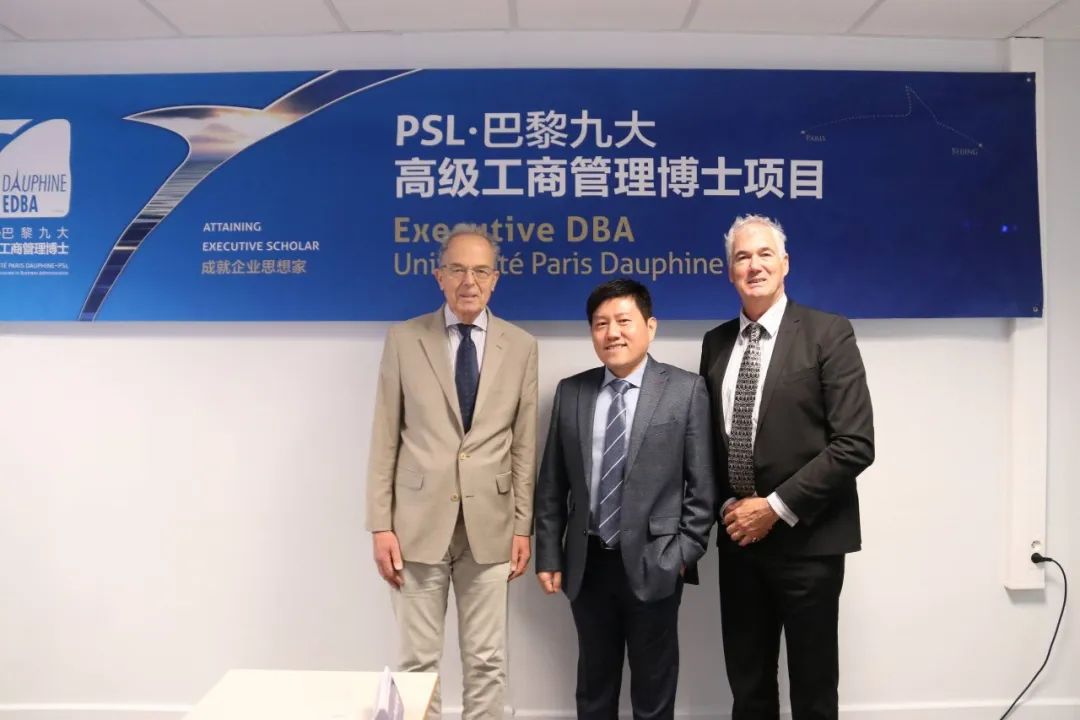
赵苑 博士 / 2017级
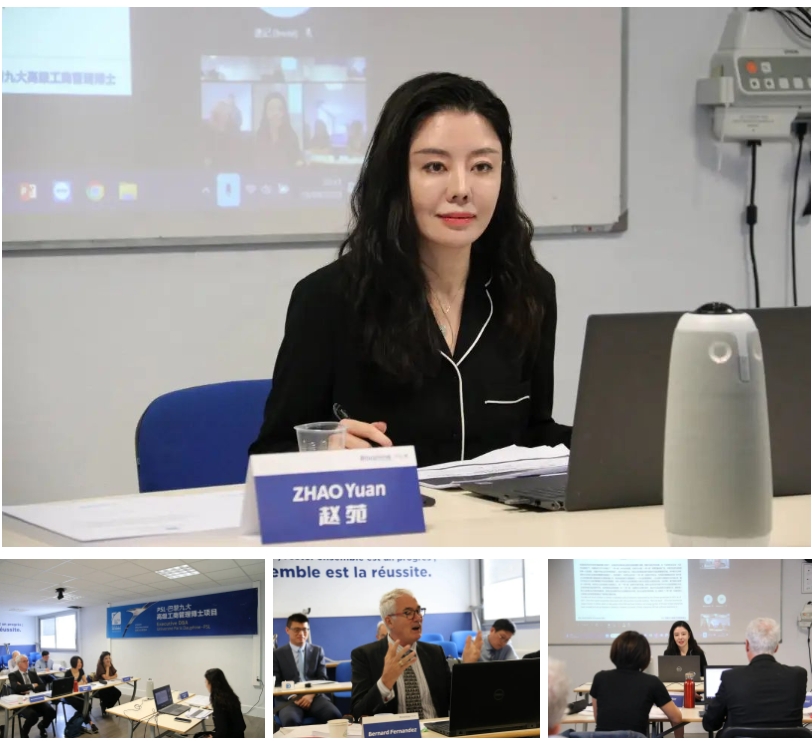
“一带一路”政策背景下企业文化适应管理、动态能力与企业绩效关系研究
论文指导老师:Bernard FERNANDEZ,PSL·巴黎九大教授、Executive DBA项目(中国)学术主任
摘要
“一带一路”政策是2013年由中国政府推行的中外合作政策,截止到2021年以来,中国已与140个国家签署了共建“一带一路”合作文件。作为中国“一带一路”政策的重点推广地,中国已经成为非洲的第一大投资国,大量的中资企业在喀麦隆投资设厂。但是,目前中国企业在海外的经营管理经验不足,经营过程中面临多方面的风险。对此,学者们对影响跨文化经营企业绩效的因素进行研究并得出共识:跨文化冲突是跨文化经营企业绩效的重要影响因素之一。
在此背景下,本研究从近年来“一带一路”沿线的中资企业,尤其是在喀麦隆投资设厂的中资企业在经营过程中遇到的跨文化管理问题入手,寻求有效的跨文化管理模式——文化适应管理模式。在此基础上,从企业跨文化管理的内在机理出发,建立中资企业文化适应管理能力评估的定量模型,并进一步探究文化适应管理能力与跨文化经营企业绩效的关系。与此同时,基于国际化经营这一动态环境,本研究从企业动态能力的视角切入,通过探究动态能力对于文化适应管理能力与企业绩效两者关系的中介作用,来进一步深化文化适应管理能力对企业绩效的作用机制的研究。此外,考虑到“一带一路”政策对于“一带一路”沿线的中资企业的经营状况所起到的多方面的影响,本研究进一步将“一带一路”政策作为调节变量,探究其对于文化适应管理能力与企业绩效两者关系的调节作用。本研究的实证结果表明:在“一带一路”沿线跨文化经营环境下,通过文化适应的跨文化管理方式,能够减少跨文化经营企业内部的协调成本,实现企业内部多元化文化资源的充分利用,优化企业的生存和发展。这一结果为“一带一路”沿线的跨文化经营企业的经营管理提出了有实践价值的方案。
关键词:跨文化管理;文化适应;企业绩效;动态能力;“一带一路”政策
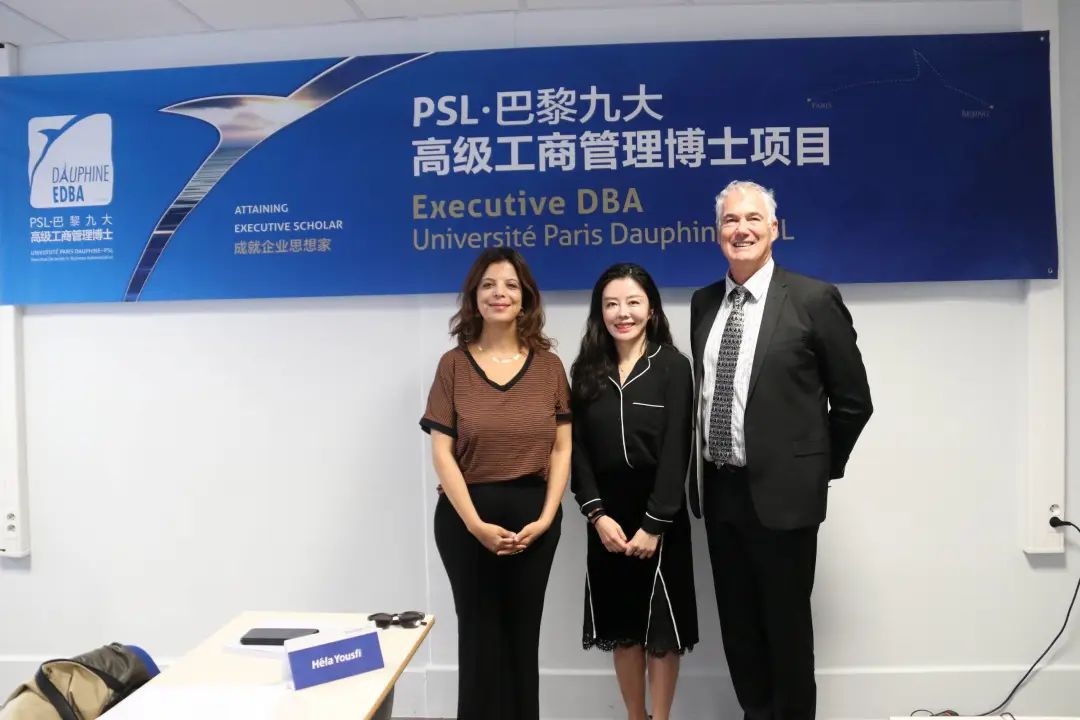
吴磊 博士 / 2019级
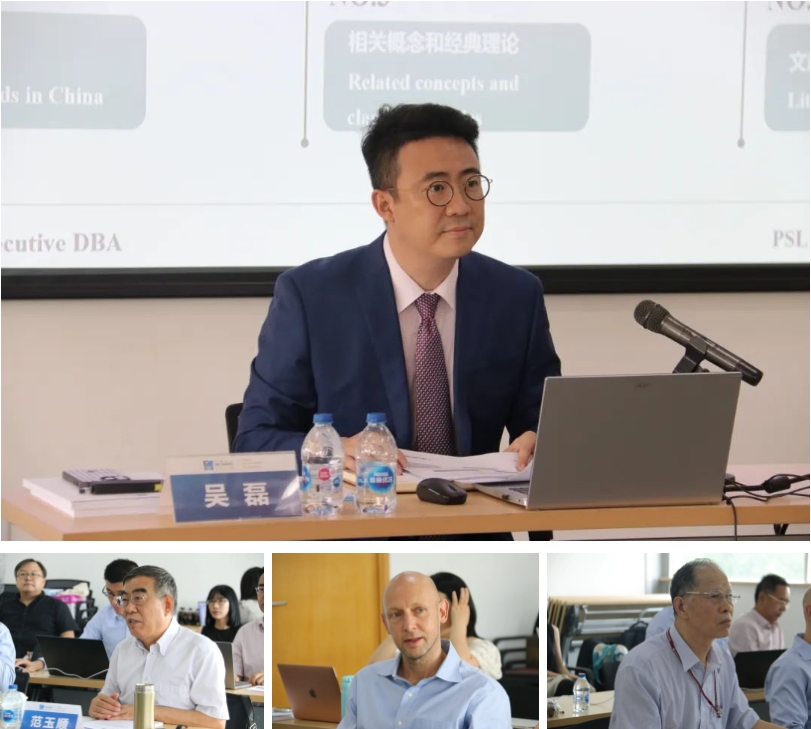
中国环保类混改A股上市公司高层管理团队(TMT)异质性与企业绩效的实证研究
论文指导老师:范玉顺,清华大学自动化系长聘教授、国家CIMS工程技术研究中心副主任
摘要
面对新冠疫情全球大流行的挑战,国际市场震荡前行,“黑天鹅”和“灰犀牛”事件频发,各行各业的市场主体正在经历“百年未有之大变局”的洗礼和考验。企业,作为市场主体参与竞争的基础单元,其经营水平是行业发展最真实的写照,而企业经营水平的高低,极大程度上取决于其高层管理团队(TMT)的管理水平、战略眼光和决策能力。
如何优化配置企业高层管理团队(TMT)具有重要的研究和实践价值,也一直是学界所热衷研究的重点领域。在中国混合所有制改革大潮的推动下,完成混改的中国A股环保上市公司是一个具有卓越创新能力的企业群体,研究其高层管理团队(TMT)异质性与企业绩效的关系意义重大。一方面,可以反映中国混合所有制环保类企业的经营现状和存在问题;另一方面可以为尚在混改过程中或有混改意向的企业提供模型参考和发展建议。目前,该领域学者大多集中于研究企业高层管理团队(TMT)人口学特征与企业绩效之间关系的理论探讨,而着眼于中国企业混合所有制改革背景下,TMT异质性、企业绩效以及TMT团队冲突的实证研究尚不多见。
本研究首先对现有相关研究进行梳理和文献综述,基于前人学者的经典理论,提出企业TMT异质性模型对企业绩效的作用假设,以及TMT团队冲突作为中介变量对企业绩效有显著的调节作用,尝试部分打开“黑箱”或称“理论黑箱”(详见1.1.2.2章节),并通过实证研究和案例分析进行验证。基于以上研究目的,笔者制定了针对性的研究计划:
首先,通过文献综述和典型案例明确研究边界、研究内容和相关量表的修订。通过文献综述梳理出经典学派和学者具有代表性的TMT异质性模型和企业绩效测量模型,在前人学者量表的基础上进行了修订,得到具有可靠性和有效性的测量量表。结合中国特色的混合所有制改革以及混改后企业高层管理团队的构成特点,通过主成分分析确定将企业TMT异质性模型分为四个维度:性别构成体系、背景构成体系、年龄构成体系和任期构成体系;将本次研究的中介变量界定为团队冲突。
其次,提出具体的研究假设,构建企业TMT异质性对企业绩效影响的研究模型,并进行实证研究,验证研究假设。通过问卷调查等方式,采用SPSS软件中的回归方程模型分析法对研究假设和模型进行实证分析。研究表明:(1)中国A股混改上市环保企业TMT异质性与企业绩效呈显著相关性;(2)TMT团队冲突对TMT异质性与企业绩效间影响关系具有显著的中介调节作用。
然后,选取了典型案例再次验证实证研究的结果,提高研究结果的准确度和可信度,并为我国环保类混改A股上市公司的可持续健康发展提供建议。
最后,总结研究成果,说明研究局限性及研究展望。
本研究的主要贡献在于:(1)本研究选取特定领域完成混合所有制改革的中国企业为研究对象,体现了中国混合所有制改革的诸多特点,打开理论“黑箱”,丰富了特定领域实证研究的成果;(2)在已有TMT异质性模型和企业绩效相关量表的基础上,修订并验证了适合于中国环保类混改企业TMT异质性模型和企业绩效的测量量表;(3)基于研究成果,为相关企业提供理论参考模型,优化其TMT的能力输出,提升企业经营业绩,完善企业治理结构。
关键词:上市公司;TMT异质性;TMT团队冲突;企业绩效
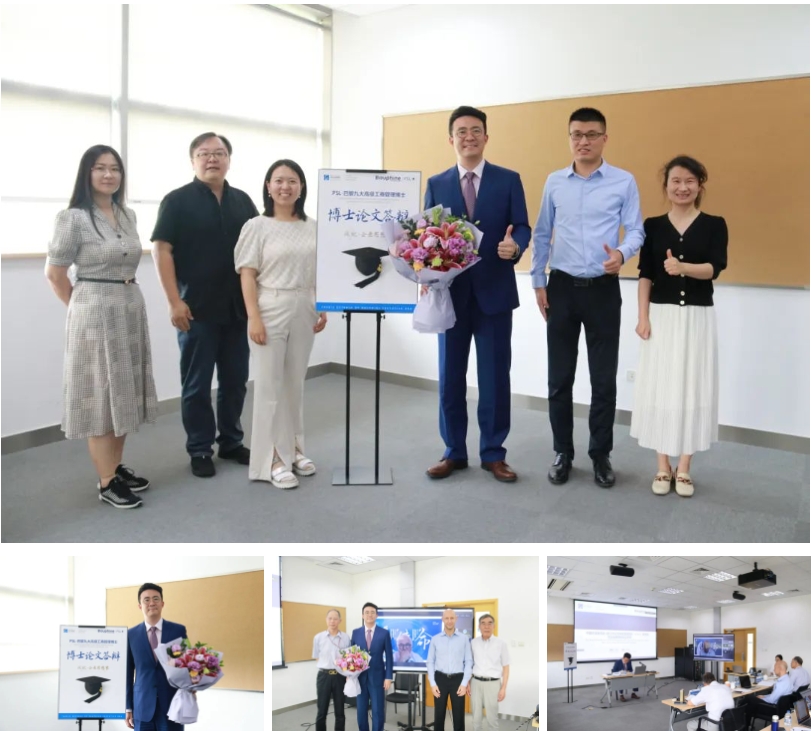
PSL·巴黎九大Executive DBA一直秉承 “成就企业思想家”的办学理念,融汇中西学术,坚持高学术水准,严格把控博士学位论文审查,旨在创造“具有创新性的科学研究成果”。期冀通过学习,影响中国经济和金融全球化进程!通过研究,推动中国经济管理实践研究进程!
博士论文是博士生培养的终结性结果,它是博士生研究能力、创新能力、书面表达能力以及掌握和运用知识能力等科学与文化素养的综合体现。但博士论文既是终点,亦是起点,它打开的研究之门,引导着更深层次的探索与发现。
祝贺罗建衡博士、赵苑博士和吴磊博士,也希望在未来能继续践行理论和实践研究,为推动中国经济管理实践研究进程贡献自己的力量!